I add bold red to some text to emphasize vegan-ness.
J
___________________________________________
~ “My reason for objecting to every species of matter to be used as food, except the direct produce of the earth – as maybe seen in my last publication – is founded on the broad ground that no other matter is suited to the organs of man. This applies then with the same force to eggs, milk, cheese, and fish, as to flesh meat.” ~
– Dr. William Lambe (1765-1848), Fellow of the Royal College of Physicians – in his book – “Water and Vegetable Diet in Consumption, Scrofula, Cancer, Asthma, and Other Chronic Diseases” (1st Edition 1815)
___________________________________________
It surprises many people when they first find out that there were vegans in London, England from as early as about 1800 & in New York & Boston in the US in the 1830s.
-
They were publishing books & magazines promoting vegan diets.
-
They were actively networking across the Atlantic.
-
They ran vegan guest houses with dining rooms open to the public (the first vegan ‘restaurants’).
-
They ran vegan farm communities.
-
They regularly gave public lectures.
___________________________________________
Five of my ‘favorite’ people from the US from that era are –
1) Sylvester Graham (1794 – 1851),
& his wife
2) Sarah Manchester Earle Graham (1799 -1868)
3) Asenath Nicholson (née Hatch) (1792 -1855)
& her husband
4) Norman Nicholson (1790–1841)
5) Roswell Goss (c. 1809-1847) – actively vegan for a while – but he lapsed & wrote about it (notes about him below).
The Ernest Bell Library holds original copies of many of their items. The majority of the books, newspapers & magazines quoted in this article are in the library.
If anyone would like to help by either Adopting or Sponsoring any of the items in the library, please be in touch – humanitarianleague (at) outlook (dot) com
___________________________________________
Over to Asenath Nicholson – writing in approx. 1835 – happily vegan / 100% vegetarian – since 1831 or 1832.
Source – her – Nature’s own book. Pages 55 & 56 – image copied below this.
~ Nearly four years have passed, and not the slightest indisposition, except a trifling cold, has ever returned, to remind me I was mortal. Good bread, pure water, ripe fruit and vegetables, are my meat and drink exclusively, nor do I desire a single ” leek, garlic, or flesh-pot of Egypt.” Nature needs no more, appetite craves no more. My sleep is sweet, from ten to five; and I am well convinced that a thorough ablution in cold water, with a faithful application of the flesh-brush, and a good hard bed, will insure more undisturbed sleep than all the decoctions of tea or coffee in Christendom. What shall I say more ? It is with the deepest regret past days are reviewed; days, when health and vigor might have been mine ; when watchful hours, over the midnight lamp, wasted, instead of strengthened, the powers of the mind; and all, through profound ignorance of my system. And I conclude by saying, that parents and teachers ought to know, that the work of education will ever be in its infancy, till the body is made a ” meet temple” for the residence of the mind. ~
Vocabulary
flesh-pots noun plural. – places offering luxurious and unrestrained pleasure or amusement. [after Exodus 16:3]
ablution = bath
flesh-brush = scrubbing brush
midnight lamp = an oil lamp – electric light was not affordable until the 1880s.
meet temple = proper temple – a nice play on words – most people’s bodies are “meat temples”.
Asenath Nicholson was born Asenath Hatch in the Chelsea, Vermont, on 24 February 1792.
She was the daughter of early American settlers Michael and Martha Hatch.
She worked as a teacher in Chelsea during the summer months.
In about 1830, she moved to New York and opened a small school. There, she met and married Norman Nicholson (1790–1841), a merchant who was also interested in charity and reform.
The Nicholsons were influenced by the ideas of the pioneering vegetarian Sylvester Graham (1784–1851), a prominent Presbyterian minister, a temperance crusader, and an advocate of vegetarianism. Graham also advocated abstinence and discipline in diet, cleanliness, and regular exercise as a means to a good moral life.
Sylvester Graham regularly held lectures in New York throughout the 1830s & Asenath often attended then.
Asenath left teaching to devote herself to work as a Grahamite reformer and to operate a temperance boarding house where like minded reformers could meet. It provided cheap accommodation to poor working people and immigrants.
On September 14, 1831 a notice appeared announcing that a boarding house would open at No. 3 6th Avenue based on Graham’s Plan of Living. Gentlemen wishing to avail themselves of this opportunity were furnished with comfortable rooms and lodgings at two dollars per week.
___________________________________________
In 1832 Asenath prepared & published America’s first ever ‘veg(etari)an’ cookbook in collaboration with Sylvester Graham.
Nicholson, Asenath, Nature’s own book. New York: W. S. 1832.
Some of the recipes or ‘receipts’ did contain dairy, but Asenath herself & Sylvester Graham both strongly recommended against using dairy.
___________________________________________
John Davis writing about Sylvester Graham – the full article.
~ In his 1835 book ‘A Defense of the Graham System of Living’, he refers to Dr. William Lambe briefly (limited by the anti-British feelings at that time), but took a more flexible approach by acknowledging that most people would continue to use eggs and dairy products, even when they stopped eating animal flesh. He insisted that milk, if used at all, should very fresh, direct from the cow – not very practical for city-dwellers. But he made his own views quite clear:
p.125: “It has been customary from time immemorial to speak loudly in praise of milk . . . nevertheless, I am firmly convinced that it is by no means a wholesome article of diet.”
p.128: “As an article of diet, butter is decidedly pernicious, even when fresh…”
p.131: “As a general rule, all kinds of cheese are difficult of solution in the stomach.”
p.133: “Honey . . . like other concentrated forms of aliment, is improperly used as food.”
He makes similar objections to any animal food, including eggs, along with tea, coffee, chocolate, tobacco, opium, salt, sugar, pepper, mustard, ginger, salad oil and alcohol, insisting that the only acceptable drink is pure water. He also promoted the importance of exercise, sound sleep and cleanliness. ~
___________________________________________
We have been unable to locate a copy of the 1832 printing of Nature’s own book.
But…… we do have a copy of: –
Nicholson, Asenath, 1792-1855. Nature’s own book. New York: Wilbur & Whipple……Printers, 1835.
…………………………………………………………………………………………………………….
An ‘ad’ for Nature’s Own Book – from – The Graham Journal of Health and Longevity – Vol. 1 No. 1 Boston, Tuesday April 4, 1837 – the world’s first ‘vegan magazine’.
___________________________________________
This second, expanded edition of Nature’s Own Book. was published by Asenath in 1835. Read the entire book online here.
In the book Asenath describes how she had suffered from ill health and an all-consuming addiction to coffee, “my last refuge, and my greatest earthly comfort.” The recipes or “receipts” occupy only 10 pages of this small volume, most of which is taken up by Asenath’s fascinating autobiographical comments, glowing testimonials from others, and the detailed rules Graham drafted for the “temperance” boarding house Asenath & Norman Nicholson opened in New York’s dodgy Five Points district in 1832.
At very the end of this post I have added some additional notes about the Five Points district
___________________________________________
In May, 1833, the Nicholsons were listed in Longworth’s New York City Directory as the proprietors of a Graham Boarding House at 79 Cedar Street at the corner of Nassau Street.
View Larger Map
The Nicholsons were liberals in politics, although described by some contemporaries as radicals because they condemned slavery and criticised colonisation
___________________________________________
Next I am adding 3 original ads for some of the Nicholsons’ guest houses & another Graham Boarding House in Boston which was run by David Cambell who also published The Graham Journal of Health and Longevity.
The Graham Boarding House at 63 Barclay-street. New-York, which was owned and run by Roswell Goss (c. 1809-1847) – seems to have been – completely vegan at this time – but there are later reports of eggs being served at breakfast time. (Additional note about Roswell Goss – below)
1.
Beekman Street & Barclay Street in New York – 2 locations.
Brattle Street in Boston.
From – The Graham Journal of Health and Longevity – Vol. III No. 13. Boston and New York, Saturday June 22, 1839
___________________________________________
2.
GRAHAM HOUSE ADVERTISEMENT IN AN 1843 NEW YORK DAILY TRIBUNE
——Health, Quiet & Comfort – The Grah-
am House, 63 Barclay-street, New-York, proffers advantages
to strangers stopping a few days or weeks in the city, such as
are rarely offered. It is eligibly located on a clean and airy
street, very near the business part of the city, and in the im-
mediate vicinity of all of the steamboat landings. Its
apartments are convenient and neat, while its table is supplied
with the best Vegetables & Fruits that can be procured, ex-
cluding entirely Animal Food and stimulants of all kinds.
Charges moderate, and every effort made to render Boarders
comfortable. Shower Baths free. Remember, 63 Barclay-
street.
___________________________________________
3.
GRAHAM HOUSE ADVERTISEMENT IN A 3 August 1842 NEW YORK DAILY TRIBUNE
To Travelers.- Gentlemen visiting this City are
respectfully invited to stop at the GRAHAM HOUSE, 63
Barclay-street, where a quiet home, pleasant rooms, clean
beds, wholesome food, and an atmosphere unpoisoned by
alcohol or tobacco, await their acceptance. Those who be-
lieve it impossible to live on a rigidly temperate and purely
Vegetable Diet without severe privation are requested to
give it one trial. The house is very convenient to the busi-
ness part of the City and to all the Steamboat Landings. —
Terms moderate. Gentlemen visiting the City with a part
of their Families will find such a home vastly more agreea-
ble than a Hotel. Shower-Baths free.
___________________________________________
Sometime after her husband’s death, Asenath sailed to Ireland, serving as a missionary among the rural poor and publishing two valuable memoirs of the devastating Irish famine.
Asenath in Ireland.
She described herself walking through Dublin each morning distributing slices of bread from a large basket. She worked out of her own soup kitchen in the Liberties, an area she selected for its extreme poverty. The Quakers sold their soup for a penny a quart. Asenath’s food was gratis; however, she operated on a triage system. She decided that £10 divided among 100 people helped no one, so she committed herself to a particular group of families for whom she cooked Indian meal daily. Asenath stayed in Dublin until July 1847 when she left for Belfast. By then she had finished her book Ireland’s Welcome to the Stranger, her account of her earlier visit written to encourage readers to respond to Ireland’s crisis.
The Oxford Encyclopedia of Food and Drink in America, Volume 1
edited by Andrew Smith, Bruce Kraig p 534
Additional useful information sources on Asenath Nicholson: –
http://people.hofstra.edu/alan_j_singer/Docket/docket/5.1DNewYorkHistory.pdf
http://www.thefullwiki.org/Sylvester_Graham
http://multitext.ucc.ie/d/Asenath_Nicholson
http://www.irishcentral.com/IrishAmerica/The-Good-Samaritan-93281969.html#ixzz1n5T9Q7K6
___________________________________________
The Ernest Bell Library’s primary objectives are to: –
-
Collect all of Ernest Bell’s book & non-book works and make them easily accessible to everyone.
-
Collect the literature of vegetarianism and all the other humanitarian movements in which Ernest. Bell was so deeply involved.
-
Assist students and scholars in their research.
-
Introduce, very briefly, all aspects of Ernest Bell’s life, including his writings, campaign work, influences and his circle of friends.
-
To undertake our own research into missing aspects of Ernest Bell’s life and work.
We already have more than 200 pieces of Ernest Bell’s own writings.
We are also actively building a collection of examples of promotional material, campaign material, fundraising & marketing activities etc. – related to: –
-
veg(etari)an products.
-
veg(etari)an books & other publications.
-
veg(etari)an organisations.
-
veg(etari)an businesses.
-
animal rights organisations.
-
animal rights publications.
-
humanitarian organisations.
-
humanitarian publications.
-
rambling clubs run by members of the above groups & related publications.

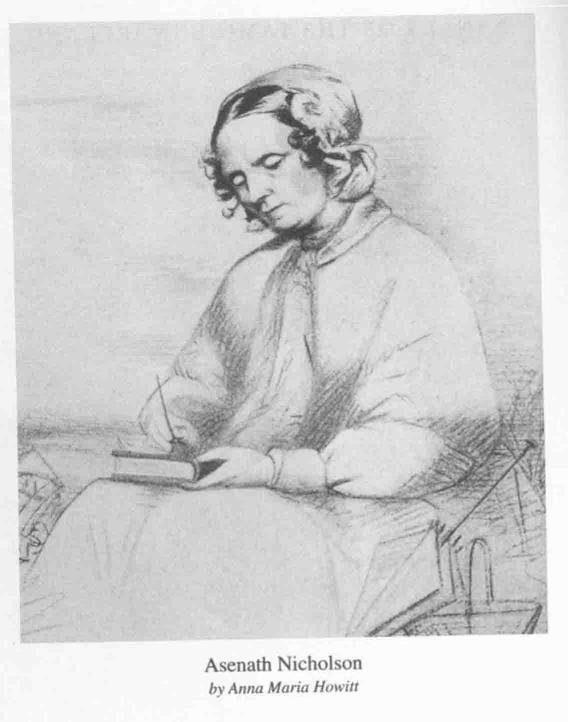
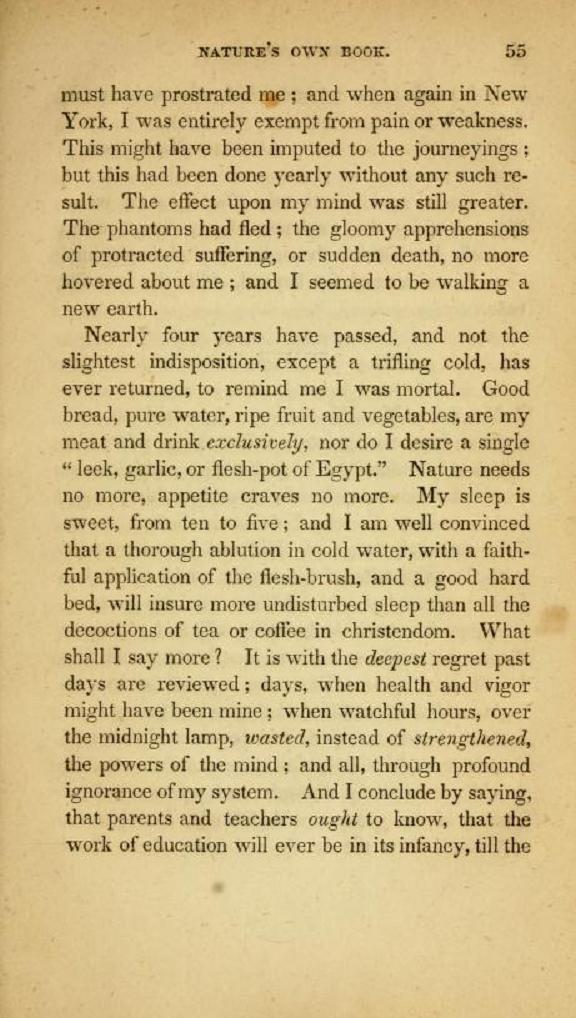
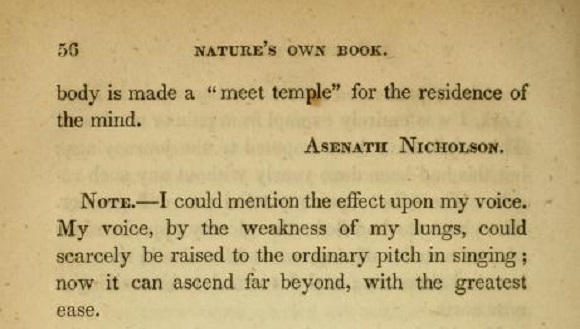

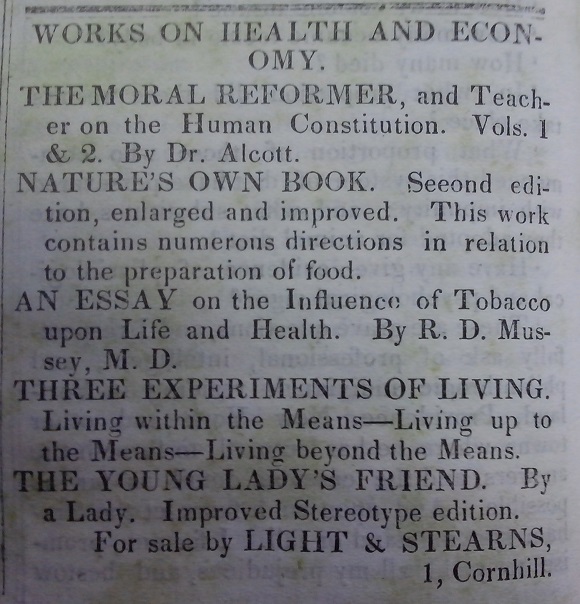

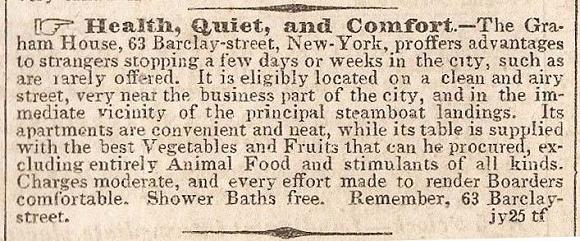

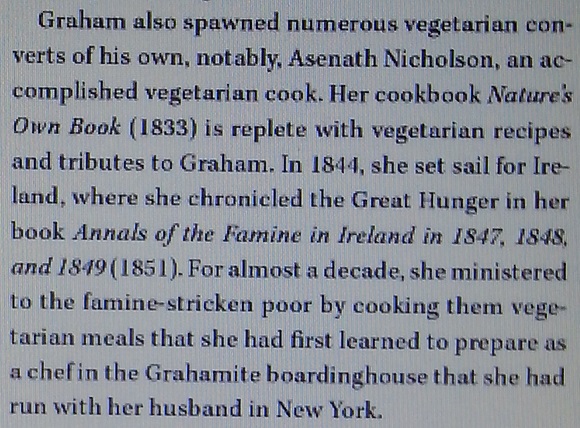
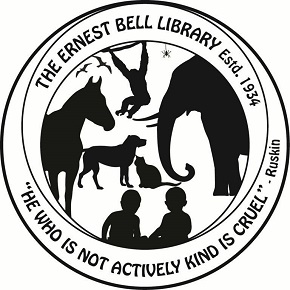
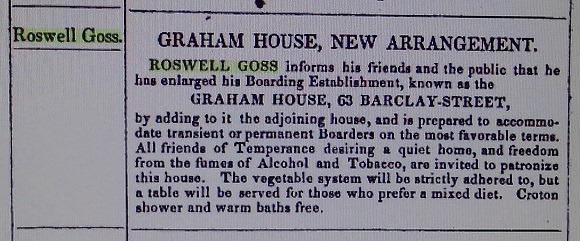
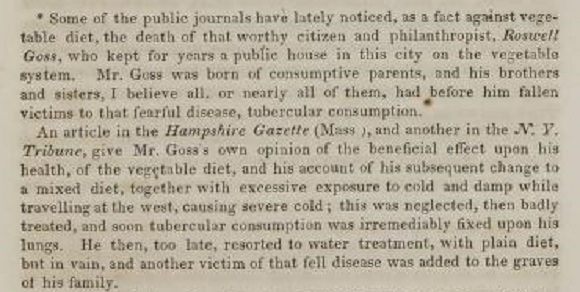
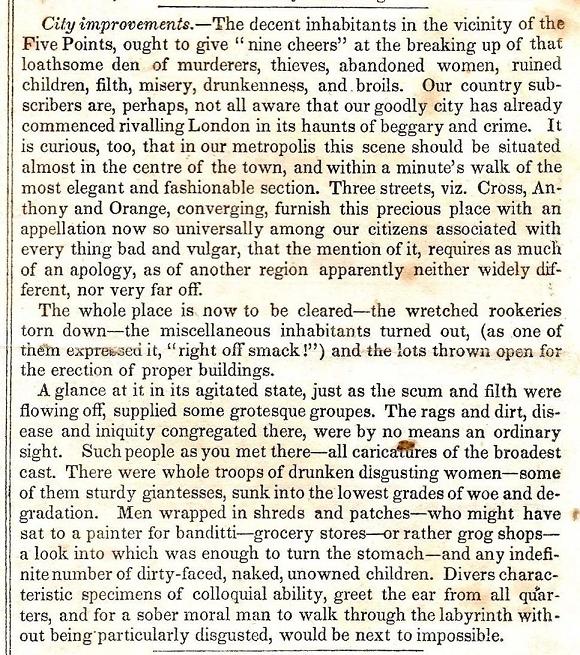
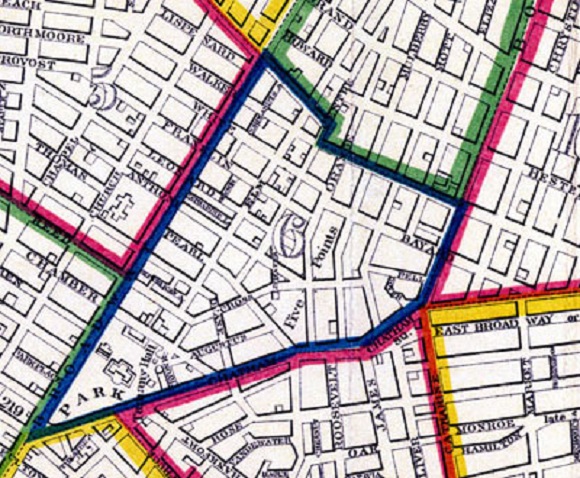


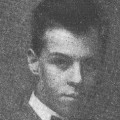

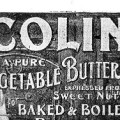
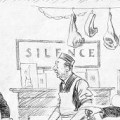
No Comments